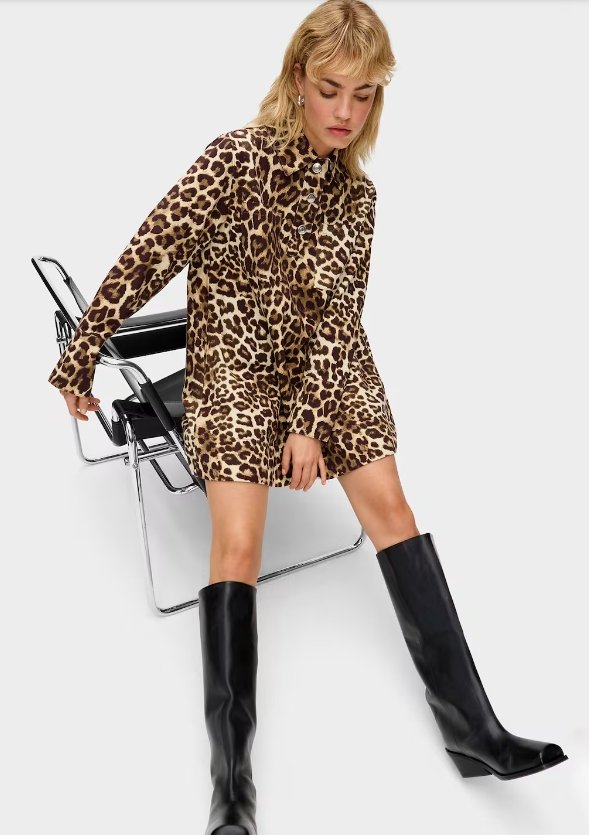The Evolving Role of Department Stores and Boutiques in the Modern Fashion Landscape
For years, partnering with established department stores and boutiques was considered the quintessential route for new fashion labels to break into the industry. These retailers provided emerging brands with valuable exposure, credibility, and access to a broad customer base. In many ways, it was the only option for designers looking to grow their reach. However, in today’s digital age, the path to success for new brands has changed dramatically.
While department stores and boutiques still hold significant influence, many new labels are now turning first to platforms like Shopify and Instagram to build their brands. The rise of e-commerce and social media has allowed smaller, independent brands to bypass traditional retail channels and reach customers directly, often with far less overhead and more creative control. These digital-first approaches enable emerging labels to establish their identities, build loyal followings, and generate sales without relying on the traditional wholesale model.
Platforms like Shopify offer a streamlined way to set up online stores with minimal upfront costs, while Instagram provides a powerful tool for marketing and customer engagement. Influencers, paid ads, and organic content allow brands to tap into niche communities, growing their customer base organically and directly. Many successful startups are proving that the digital-first model is not just viable—it’s a game-changer.
Despite this shift, multi-brand retailers, such as department stores and boutiques, are far from irrelevant. They still provide critical advantages for brands, especially as they scale. These retailers offer valuable foot traffic, in-store experiences, and the ability to reach an affluent or geographically diverse clientele. For newer labels that are ready to expand beyond their digital-only presence, partnering with established retailers provides an opportunity to increase visibility, reach wider audiences, and gain a sense of legitimacy in a competitive market.
The role of multi-brand retailers has, however, evolved. Rather than being the starting point, as it once was, they have become more of a strategic expansion channel. Emerging brands can leverage these stores to establish a physical presence and create a bridge from online to in-store shopping experiences. In turn, department stores and boutiques are increasingly looking for fresh, innovative brands to stock in order to differentiate themselves in an increasingly crowded retail space.
The partnership between new labels and department stores or boutiques has become more of a two-way street. While the brands still benefit from the exposure, the retailers also need the innovation and buzz that new brands bring to the table. Consumers are increasingly seeking unique, personalized experiences, and multi-brand retailers that carry a curated selection of emerging labels can offer exactly that.
This shift in dynamics means that while new labels have more freedom than ever to establish themselves independently through e-commerce, the collaboration with department stores and boutiques can still be an essential piece of their growth strategy. The future of fashion retail likely involves a hybrid model—one that blends the direct-to-consumer approach with the credibility and reach of traditional multi-brand retailers.






